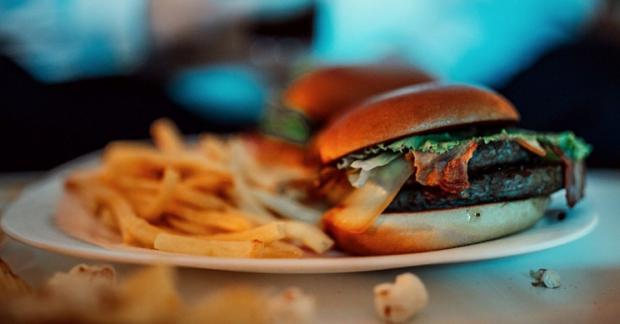
Breaking News
 Amish Butter Canning Method | Preserving Butter Without a Pressure Canner
Amish Butter Canning Method | Preserving Butter Without a Pressure Canner
 Russia-Flagged Tanker Seized by US Coast Guard After Slipping Past Venezuela Blockade
Russia-Flagged Tanker Seized by US Coast Guard After Slipping Past Venezuela Blockade
 WASHINGTON SAYS COMPLY OR DIE | The State Just Destroyed an Elderly Farmer Over a Road.
WASHINGTON SAYS COMPLY OR DIE | The State Just Destroyed an Elderly Farmer Over a Road.
 Lies And Corruption Tarnish Trump's Venezuela Operation
Lies And Corruption Tarnish Trump's Venezuela Operation
Top Tech News
 The First Production All-Solid-State Battery Is Here, And It Promises 5-Minute Charging
The First Production All-Solid-State Battery Is Here, And It Promises 5-Minute Charging
 See inside the tech-topia cities billionaires are betting big on developing...
See inside the tech-topia cities billionaires are betting big on developing...
 Storage doesn't get much cheaper than this
Storage doesn't get much cheaper than this
 Laser weapons go mobile on US Army small vehicles
Laser weapons go mobile on US Army small vehicles
 EngineAI T800: Born to Disrupt! #EngineAI #robotics #newtechnology #newproduct
EngineAI T800: Born to Disrupt! #EngineAI #robotics #newtechnology #newproduct
 This Silicon Anode Breakthrough Could Mark A Turning Point For EV Batteries [Update]
This Silicon Anode Breakthrough Could Mark A Turning Point For EV Batteries [Update]
 Travel gadget promises to dry and iron your clothes – totally hands-free
Travel gadget promises to dry and iron your clothes – totally hands-free
 Perfect Aircrete, Kitchen Ingredients.
Perfect Aircrete, Kitchen Ingredients.
 Futuristic pixel-raising display lets you feel what's onscreen
Futuristic pixel-raising display lets you feel what's onscreen
 Cutting-Edge Facility Generates Pure Water and Hydrogen Fuel from Seawater for Mere Pennies
Cutting-Edge Facility Generates Pure Water and Hydrogen Fuel from Seawater for Mere Pennies
Discovery of mechanism that switches off fat production after eating

The research also found this regulatory mechanism is defective in obese mice and human patients with non-alcoholic fatty liver disease.
After we eat a meal our body gets down to serious metabolic business. One key process triggered by eating is called lipogenesis, which is when our liver begins converting food into fats for storage across the body.
Lipogenesis is stimulated by insulin, a well-known hormone released by the pancreas, and this particular metabolic pathway has been well-studied. However, it is still unknown exactly what happens a few hours after eating when the liver begins to slow fat production.
It had previously been hypothesized that lipogenesis eventually slows as insulin stimuli decreases in the hours after eating a meal. This new research suggests lipogenesis is not passively suppressed by decreasing insulin levels but instead it is actively repressed by a hormone released from the gut.
A team led by Jongsook Kim Kemper from the University of Illinois Urbana-Champaign found a gut hormone called FGF19 (or FGF15 in mice, hence the oft-used term FGF15/19) is produced in the hours after eating. FGF15/19 was seen to directly suppress the gene activity in the liver associated with lipogenesis.



